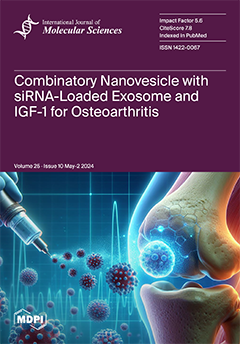With the increasing rate of the antimicrobial resistance phenomenon, natural products gain our attention as potential drug candidates. Apart from being used as nutraceuticals and for biotechnological purposes, microalgae and phytoplankton have well-recognized antimicrobial compounds and proved anti-infectious potential. In this review, we comprehensively outline the antimicrobial activity of one genus of cyanobacteria (
Arthrospira, formerly
Spirulina) and of eukaryotic microalgae (
Dunaliella). Both, especially
Arthrospira, are mostly used as nutraceuticals and as a source of antioxidants for health supplements, cancer therapy and cosmetics. Their diverse bioactive compounds provide other bioactivities and potential for various medical applications. Their antibacterial and antifungal activity vary in a broad range and are strain specific. There are strains of
Arthrospira platensis with very potent activity and minimum inhibitory concentrations (MICs) as low as 2–15 µg/mL against bacterial fish pathogens including
Bacillus and
Vibrio spp.
Arthrospira sp. has demonstrated an inhibition zone (IZ) of 50 mm against
Staphylococcus aureus. Remarkable is the substantial amount of in vivo studies of
Arthrospira showing it to be very promising for preventing vibriosis in shrimp and
Helicobacter pylori infection and for wound healing. The innovative laser irradiation of the chlorophyll it releases can cause photodynamic destruction of bacteria.
Dunaliella salina has exhibited MIC values lower than 300 µg/mL and an IZ value of 25.4 mm on different bacteria, while
Dunaliella tertiolecta has demonstrated MIC values of 25 and 50 μg/mL against some
Staphylococcus spp. These values fulfill the criteria for significant antimicrobial activity and sometimes are comparable or exceed the activity of the control antibiotics. The bioactive compounds which are responsible for that action are fatty acids including PUFAs, polysaccharides, glycosides, peptides, neophytadiene, etc. Cyanobacteria, such as
Arthrospira, also particularly have antimicrobial flavonoids, terpenes, alkaloids, saponins, quinones and some unique-to-them compounds, such as phycobiliproteins, polyhydroxybutyrate, the peptide microcystin, etc. These metabolites can be optimized by using stress factors in a two-step process of fermentation in closed photobioreactors (PBRs).
Full article






